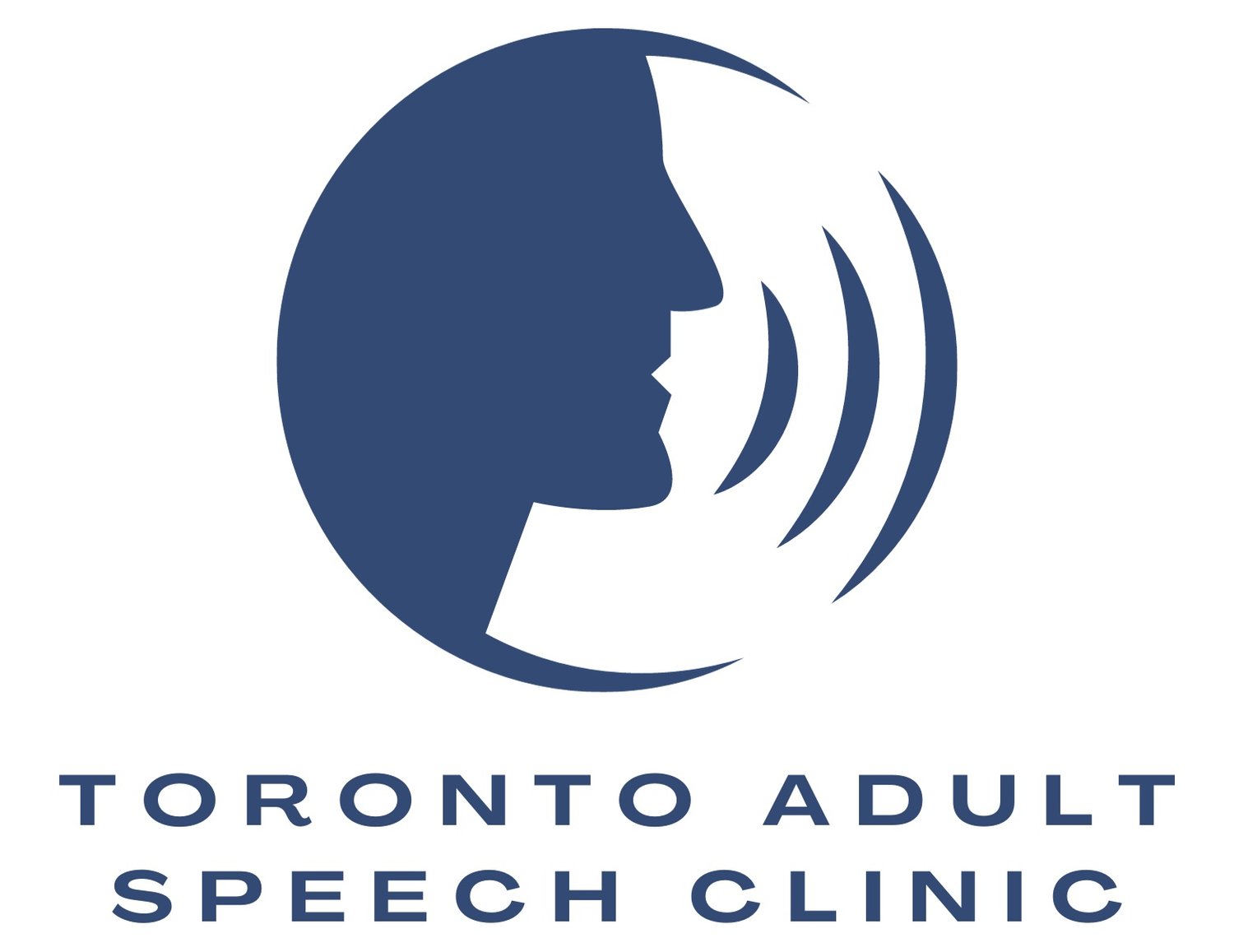A Speech Therapist's Musings on Mumbling
photo from: http://www.atzmut.com
A Speech Therapist's Musings on Mumbling
A refined approach to enunciation training and establishing functional clear speech
I don’t think there is one person who can say that at some point in their life someone has not told them to “Stop mumbling!” And while “mumbling” itself is not a “speech disorder” per se, for many it is a “speech pattern” that characterizes their speech a large proportion of the time. Whether you are a lawyer, teacher, actor, or in sales, marketing, or management- clear communication affects not only what we say, but how we are perceived by others. It is because of this fact, that many people come to Toronto Adult Speech Clinic to work with a speech therapist to stop mumbling.
To work with someone whose speech is characterized by mumbling, we have to understand what mumbling actually is and the processes that may be contributing to this pattern of speech. That is what I want to explore here.
Mumbling is a general term for a pattern of speech that is hard to understand because it is quiet and/or indistinct. That is to say, mumbling is the result of ineffective or inefficient speech production. If we assume a simplified understanding of speech production, we know it is composed of four major components: breath, voice (vocal fold vibration), resonance, and articulation. Breath is the power source of the system, voice is the origin of sound, resonance is the amplification or filter for that sound, and articulation allows speech sounds to be added or attributed to the sound. That means, that if mumbling is a result of inefficiency in the speech system, a breakdown at any point along the four components could result in mumbling.
Below I have outlined, by each of the four speech system components, why a breakdown could occur and how it may contribute to what people characterize as “mumbling.”
Breathing- breath is the power behind the speech system and it is largely in control of two things: 1) the volume of our speech and 2) how well it travels from our throat and mouth into the surrounding environment. People who mumble often have reduced power in their speech, which means that their “mumbled” speech is often softer, and doesn’t project well into the environment. This makes it difficult for the speech to be heard and deciphered by a listener’s ears, particularly in noisy environments. In addition, short and shallow “catch-breaths” can result in quick surges in air that create a pattern of low volume and/or rapid speech that can “clutter” together.
Voicing- to create vibration at the vocal folds in our throat (just behind the “Adam’s Apple”), we have to create a certain amount of pressure from below (see breathing from above). If the vocal folds do not vibrate when we need them to, sounds that require the voice are not produced (To understand this, try placing your index and middle finger on the front of your Adam’s Apple while holding the letter “fff” and then “vvv.” You should notice that for “v” you feel vibration, whereas for “f” you do not.). Without proper breath support, the vocal folds and surrounding muscles are forced to work harder to produce voicing. This means that people who mumble can sometimes experience voice breaks, periods of no voice, increased vocal fatigue, and difficulty projecting their voice.
Resonance- each person’s voice has a unique quality and that quality is largely created by the resonance of their voice in their throat, mouth, and nose (together sometimes referred to as the vocal tract). This unique quality is also why it is often easy to identify a person on their voice alone. When a voice is described as “resonant” it typically means that the sound produced at the vocal folds (see voicing from above) has a clear trajectory through the vocal tract into the environment. It also means that the ability of the vocal tract to naturally amplify the voice is optimized. With reduced breath or power, or a tense and overworked voice, resonance is understandably reduced. This means people who mumble often report softer voices, difficulty projecting, reduced clarity in speech, and sometimes a sensation or speech being produced “back” in the throat.
Articulation- arguably the most focused-on aspect of many treatments for mumbling. Articulation is simply the movement of the vocal tract, tongue, soft palate, jaw, and lips (referred to together as the articulators) to create the sounds that are combined to produce speech (e.g. “t,” “b,” “s,” “k,” etc.). There are two factors that impact clarity of speech when it comes to articulation: accuracy and speed. I placed accuracy first because often speed is hyperfocused on in traditional therapy approaches. And while there is the most evidence in the literature to support reduced rate improving clarity of speech, it is also the shown to be the leading cause of speech being perceived by listeners as “unnatural.” Ideally, a person’s speed of articulation is only reduced enough (if at all) that the accuracy can be consistent. People who mumble often report speech that is “lazy,” with reduced mouth opening and reduced range of motion of articulators, fast rate of speech, and overall reduced clarity in speech (particularly at the ends of words).
At Toronto Adult Speech Clinic, we approach the common concern of mumbling with our adult clients from a holistic system approach. This means understanding that the above-mentioned four systems interact and impact the function of each other, and together contribute to mumbling. It is rare that mumbling is caused only by one system, so treatment should rarely focus on one system. By meeting with our speech therapist to optimize all four systems during speech, it is possible to reduce the occurrence of mumbling.
Schedule your initial consultation today to find out how our adult approach to speech therapy can help you decrease your mumbling and increase the impact of your speech: tasc.janeapp.com

